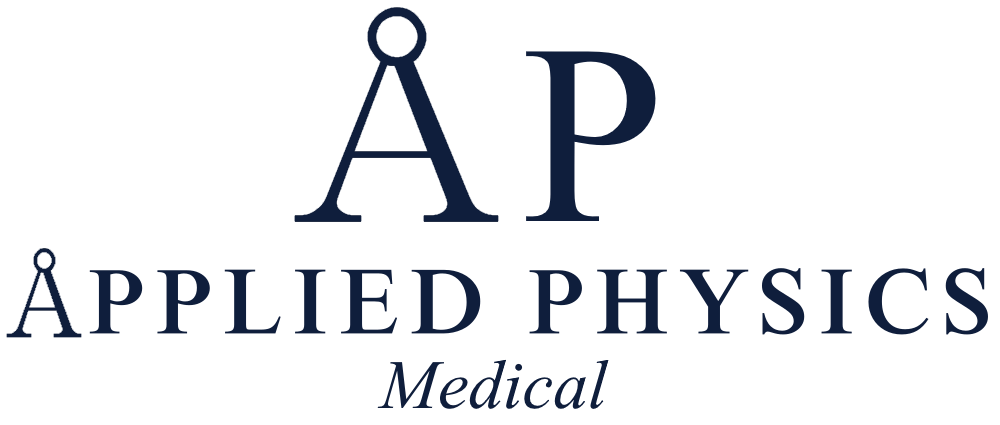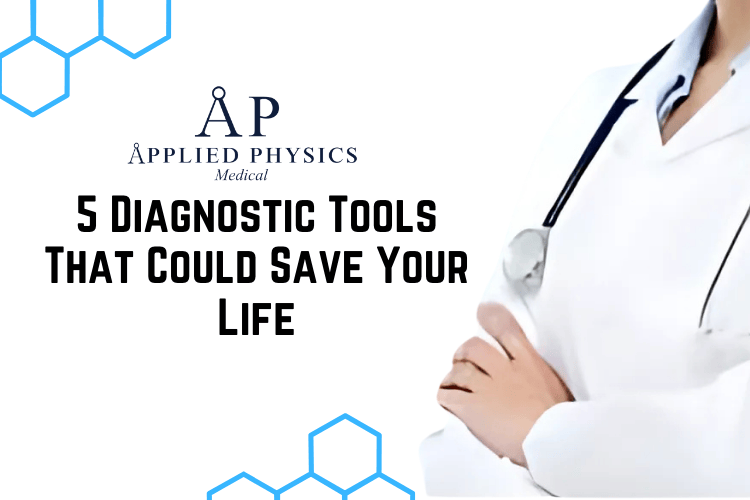Introduction
Diagnostic tools are essential components of modern medicine, serving as the first line of defense in identifying health issues before they escalate into more serious conditions. These tools encompass a wide range of technologies and methodologies, from simple blood tests to advanced imaging techniques. Their primary purpose is to provide healthcare professionals with accurate and timely information about a patient’s health status, enabling informed decision-making regarding treatment and management.
The significance of these tools cannot be overstated, as they often determine the course of action that can lead to improved health outcomes. Moreover, the importance of diagnostic tools extends beyond individual patient care; they play a crucial role in public health surveillance and epidemiology. By identifying patterns and trends in disease prevalence, diagnostic tools help health authorities implement preventive measures and allocate resources effectively.
For instance, widespread screening for infectious diseases can lead to early intervention, reducing transmission rates and ultimately saving lives. Thus, the integration of diagnostic tools into healthcare systems is vital for both personal and community health.
Key Takeaways
- Diagnostic tools play a crucial role in early detection of health issues, potentially saving lives.
- Common diagnostic tools used in medical settings include blood tests, imaging scans, and biopsies.
- Early detection through diagnostic tools can help prevent serious health conditions and improve treatment outcomes.
- Advancements in diagnostic technology have the potential to further improve early detection and treatment of health issues.
- Access to diagnostic tools empowers patients to take control of their health and seek timely medical intervention.
The Role of Diagnostic Tools in Early Detection of Health Issues
Detecting Health Issues at an Early Stage
Diagnostic tools enable healthcare providers to identify these conditions at their inception, allowing for timely intervention that can significantly alter the prognosis. For instance, mammograms are instrumental in detecting breast cancer at an early stage when treatment options are more effective and less invasive.
Managing Chronic Conditions
In addition to cancer screenings, other diagnostic tools like blood pressure monitors and glucose meters play a critical role in managing chronic conditions. Regular monitoring can help identify fluctuations that may indicate worsening health or complications.
Empowering Patients and Healthcare Providers
By facilitating early detection, these tools empower patients and healthcare providers to take proactive measures, such as lifestyle modifications or medication adjustments, which can prevent the progression of diseases and enhance overall quality of life.
Common Diagnostic Tools Used in Medical Settings
A variety of diagnostic tools are commonly employed in medical settings, each designed to assess different aspects of health. Blood tests are among the most frequently used diagnostic methods, providing valuable information about organ function, nutrient levels, and the presence of infections or diseases. For instance, a complete blood count (CBC) can reveal anemia or infection, while lipid panels assess cholesterol levels to evaluate cardiovascular risk.
Imaging technologies also play a pivotal role in diagnostics. X-rays, CT scans, MRIs, and ultrasounds allow healthcare providers to visualize internal structures and identify abnormalities such as tumors or fractures. These imaging modalities have revolutionized diagnostics by providing non-invasive means to explore complex medical conditions.
The combination of various diagnostic tools enables a comprehensive assessment of a patient’s health, ensuring that no critical information is overlooked.
How Diagnostic Tools Can Help Prevent Serious Health Conditions
| Diagnostic Tool | Benefits |
|---|---|
| Blood Tests | Can detect various health issues such as diabetes, anemia, and infections. |
| Imaging Scans (X-rays, MRI, CT scans) | Can identify tumors, fractures, and other abnormalities in the body. |
| Electrocardiogram (ECG) | Can detect heart rhythm abnormalities and signs of heart disease. |
| Biopsy | Can diagnose cancer and other diseases by examining tissue samples. |
| Colonoscopy | Can detect colon cancer and other gastrointestinal conditions. |
Preventive healthcare is increasingly recognized as a cornerstone of effective medical practice, and diagnostic tools are integral to this approach. By facilitating regular screenings and assessments, these tools help identify risk factors for serious health conditions before they manifest into more severe problems. For example, routine cholesterol screenings can alert individuals to potential heart disease risks, prompting lifestyle changes or medical interventions that can mitigate those risks.
Additionally, genetic testing has emerged as a powerful tool in preventive medicine. By analyzing an individual’s genetic predisposition to certain diseases, healthcare providers can tailor prevention strategies accordingly. For instance, individuals with a family history of breast cancer may benefit from earlier and more frequent screenings.
This proactive approach not only enhances individual health outcomes but also contributes to broader public health initiatives aimed at reducing the incidence of preventable diseases.
The Impact of Diagnostic Tools on Treatment and Recovery
The impact of diagnostic tools extends beyond initial detection; they also play a crucial role in guiding treatment decisions and monitoring recovery. Accurate diagnosis is fundamental to developing an effective treatment plan tailored to the specific needs of the patient. For instance, imaging studies can help oncologists determine the size and location of tumors, informing decisions about surgery or radiation therapy.
Furthermore, diagnostic tools are essential for tracking treatment efficacy and patient progress during recovery. Regular follow-up tests can reveal how well a patient is responding to treatment, allowing for timely adjustments if necessary. For example, patients undergoing chemotherapy may have their blood counts monitored closely to manage side effects effectively.
This ongoing assessment not only enhances recovery outcomes but also fosters a collaborative relationship between patients and healthcare providers.
Advancements in Diagnostic Technology and Their Life-Saving Potential
Advancements in Diagnostic Technology
For instance, AI algorithms are increasingly being used in radiology to detect anomalies in imaging studies with high precision. Moreover, point-of-care testing has revolutionized diagnostics by enabling rapid results at the site of care. This is particularly beneficial in emergencies where timely decisions are critical.
Point-of-Care Testing and Its Benefits
For example, portable devices that can quickly assess blood glucose levels or detect infections allow healthcare providers to initiate treatment without delay. The use of these devices has improved patient outcomes and has reduced the time it takes to diagnose and treat various conditions.
The Future of Diagnostic Tools
As technology continues to evolve, the potential for diagnostic tools to save lives will only increase. With ongoing innovations in AI, machine learning, and other technologies, the field of diagnostic technology is expected to continue growing and improving, leading to better patient care and outcomes.
Impact on Healthcare
Impact on Healthcare highlights the transformative changes in technology and policies that are leading to improved treatments and saving lives.
Empowering Patients Through Access to Diagnostic Tools
Access to diagnostic tools is essential for empowering patients to take charge of their health. In recent years, there has been a growing emphasis on patient-centered care, which encourages individuals to engage actively in their health management. With the advent of home testing kits and telemedicine services, patients now have greater access to diagnostic tools than ever before.
This shift allows individuals to monitor their health from the comfort of their homes and seek medical advice when necessary. Furthermore, increased awareness about the importance of regular screenings has led to more proactive health behaviors among patients. Educational campaigns highlighting the significance of early detection have encouraged individuals to prioritize their health and seek out necessary diagnostic tests.
By fostering a culture of prevention and self-advocacy, access to diagnostic tools empowers patients not only to understand their health better but also to make informed decisions that can lead to improved outcomes and enhanced quality of life.
Conclusion
These diagnostic tools are crucial for early detection of serious health issues. Utilizing MRI, CT scans, ECG, blood tests, and mammography can lead to timely interventions that might save lives. They empower individuals to take proactive steps in managing their health. Remember, early diagnosis is key to effective treatment and maintaining overall well-being.


